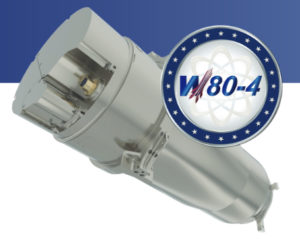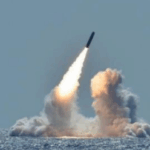
The National Nuclear Security Administration should either delay by a year its promised delivery-date for the proof-of-concept unit of the next-generation nuclear cruise-missile warhead, or justify why it won’t, the Government Accountability Office said recently. Citing congressional requirements and Pentagon schedule demands, the semiautonomous Department of Energy nuclear weapons agency promised to deliver the first production unit of the W80-4 in 2025 — even after the agency's own schedule risk analysis for the program pointed to a 2026 delivery. Therefore,…

 By
By 











